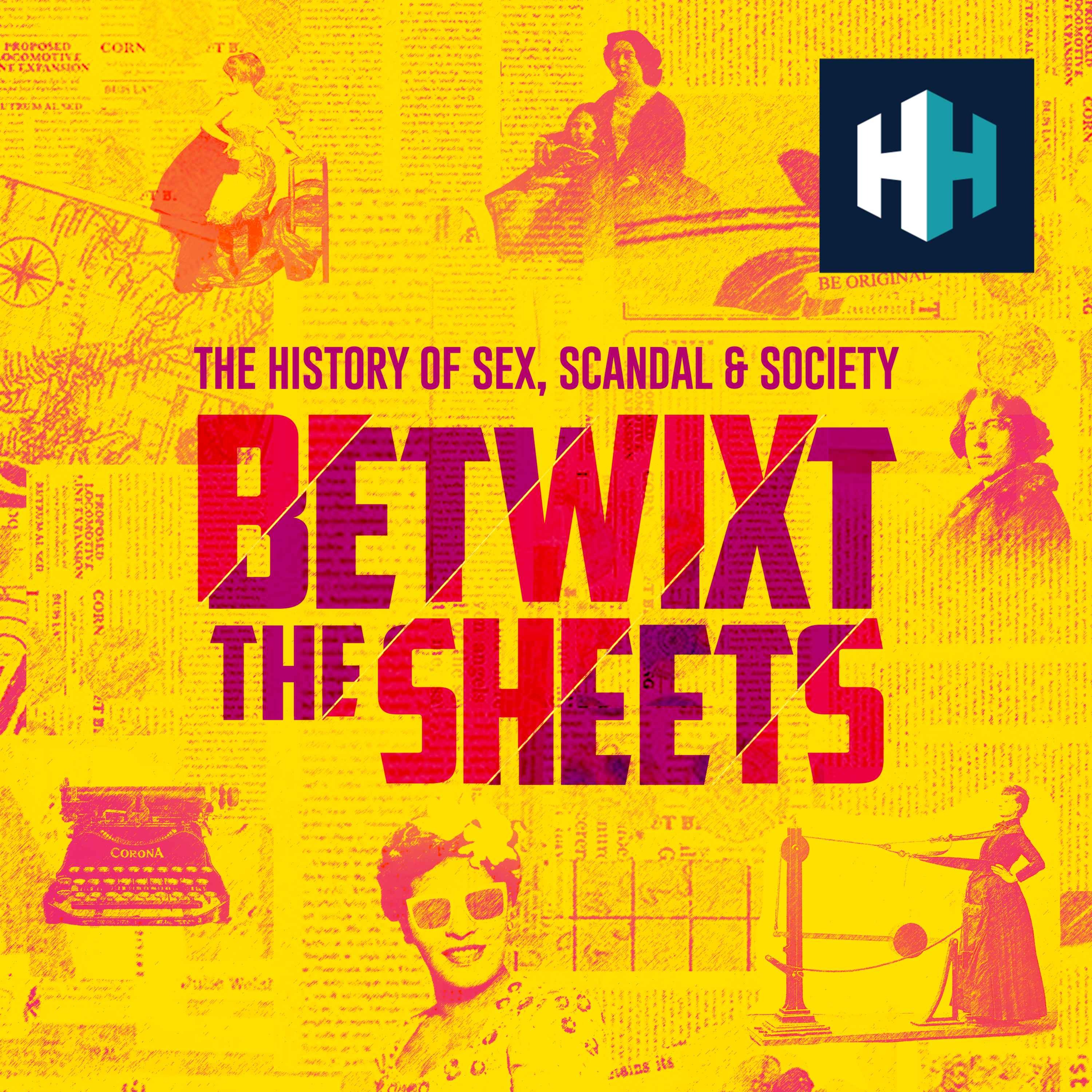
History (and Future) of Dating

Betwixt The Sheets: The History of Sex, Scandal & Society
Deep Dive
How far back can the history of lonely hearts ads be traced?
The earliest known lonely hearts ad dates back to 1695, appearing in a pamphlet called 'A Collection for Improvement of Husbandry and Trade' by John Horton.
What was the content of one of the earliest lonely hearts ads in 1695?
A gentleman about 30 years old, with a good estate, was looking for a young gentlewoman with a fortune of £3,000 or thereabouts, and he promised to make a settlement to her content.
Why were lonely hearts ads often placed in coffee houses in the 18th century?
Coffee houses offered anonymity, allowing people to drop off replies to lonely hearts ads without being seen by neighbors or colleagues, making them a popular location for receiving responses.
How did the demographics of lonely hearts ads change during the Victorian era?
During the Victorian era, lonely hearts ads became more widespread, appearing in rural and urban areas, and were placed by people from various professions and social backgrounds, not just the well-off urbanites.
What role did lonely hearts ads play during and after World War I?
During and after World War I, lonely hearts ads provided a way for soldiers and war widows to find companions, helping them cope with the shortage of potential partners due to the high number of war casualties.
What was one of the most notorious crimes associated with lonely hearts ads?
Belle Gunness, an American serial killer, used lonely hearts ads to lure over 40 men to her farm in Indiana, where she murdered, dismembered, and buried them under the ground for her pigs to eat.
How have the social norms and language of dating ads evolved from the 17th century to the present day?
In the 17th century, ads were primarily about money and practicality. By the 1920s, they became known as 'lonely hearts' ads and included more personal and emotional content. Today, dating apps use a wide range of abbreviations and more casual language.
Why did dating apps become more mainstream and less stigmatized compared to traditional lonely hearts ads?
Dating apps provide a more equal and less awkward experience, as everyone must put themselves out there and the anonymity and barrier to entry reduce the stigma and fear of judgment.
What surprising finding did Feeld's joint report with the Kinsey Institute reveal about Gen Z's relationship preferences?
23% of Gen Z Feeld members prefer monogamy, compared to just 12% of boomers, showing a surprising interest in monogamy among a generation known for exploring non-traditional relationships.
How do older generations use dating apps differently, according to Feeld's research?
A significant portion of boomers, nearly 30%, are looking for friends with benefits relationships, suggesting a preference for casual, no-strings-attached connections.
What does the future of dating and dating apps look like, according to Anna Kirova, CEO of Feeld?
The future of dating will likely blend online and offline experiences, allowing for diverse and personalized relationships. People will feel more comfortable exploring and building structures based on their current feelings and needs.
Shownotes Transcript
The history of lonely hearts ads might be a lot deeper than you'd expect.
For as long as people have been printing newspapers, people (read: men) were enquiring about potential partners.
By the time the culture took off in the 18th century, how were people looking for love? How did the First World War boost the medium? And what are some of the strangest dating stories from this history?
Joining Kate today is Francesca Beauman), author of Shapely Ankle Preferr’d: a history of the Lonely Hearts advertisement), to find out how lonely heart ads created a new way to date.
In part two of the episode, Kate's joined by Ana Kirova, CEO of the dating app Feeld, who recently published a report )with the Kinsey Institute on where dating culture is today, and where it could lead in the future.
This episode was edited by Tom Delargy, the producer was Stuart Beckwith. The senior producer was Charlotte Long.
All music from Epidemic Sounds/All3 Media.
Sign up to History Hit for hundreds of hours of original documentaries, with a new release every week and ad-free podcasts. Sign up at https://www.historyhit.com/subscribe).
You can take part in our listener survey here).
Betwixt the Sheets: History of Sex, Scandal & Society is a History Hit podcast.